Advertisements
Advertisements
प्रश्न
Name the three classes of levers and state how are they distinguished. Give two examples of each class.
उत्तर
Three classes of levers are:
(a) Class I levers or first-order levers:
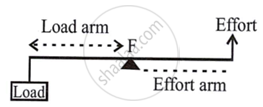
Examples are:
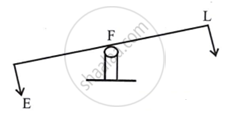 |
 |
| See Saw | Scissors |
Between the effort and the load is the fulcrum.
[Ratio of M.A. and V.R.] for levers in this class can be any value between one and one, either more or less than one. They can multiply forces.
(b) Class II levers or second-order levers:

Examples are -
 |
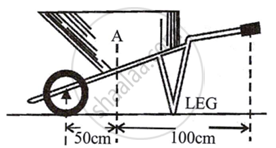 |
| Lemon squeezer | Wheel Barrow |
Between effort and fulcrum is load, with the effort arm always longer than the arm. These levers' M.A. and V.R. are always greater than 1.
(c) Class III levers, or third-order levers:
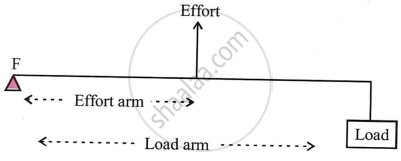
Examples are
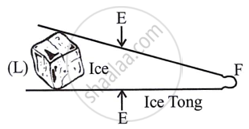 |
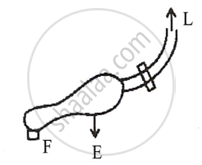 |
| Plucker or Fire Tong, (Sugar Tongs) |
Foot Treadle |
Always place effort between fulcrum and load. The effort arm is always shorter than the load arm. These levers' M.A. and V.R. are consistently less than 1.
APPEARS IN
संबंधित प्रश्न
Give one example of a class I lever where the mechanical advantage is more than 1.
Name the class to which the following lever belong:
a pair of sugar tongs
State three differences between the three classes of levers.
Tick the most appropriate answer.
Which of the following is a Class II lever?
Answer the following in a word or two or in a sentence.
Which type of machine is used to squeeze a lemon?
Answer the following in short.
Using a suitable example, describe how a machine acts as a force multiplier.
Explain why the mechanical advantage of the class III type of lever is always less than 1.
Classify the following into levers:
A door
Name the class of the lever shown in the picture below:
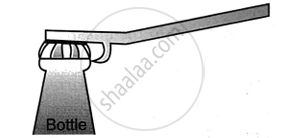
Classify the following into levers:
Claw hammer
